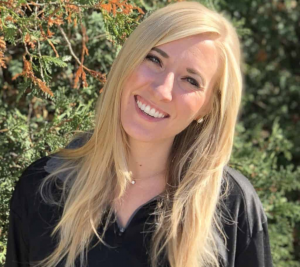Who is Your Brand’s Villain?
Who Is Your Brand’s Villain?
Identifying Your Villain
Before you are able to identify a villain, you first need to define your purpose in the market. WHAT are you fighting for? WHO are you fighting for? Defining your purpose, or WHY, within the market will help you identify your top competitors. (Shameless Plug: Don’t know how to define your “why?” Check out our blog post entitled “What is Your Why”) Villains are not necessarily other companies either – they can be beliefs or trends that affect your market and may negatively impact your product.
Samsung is the villain of Apple. The two companies are continually in a race to provide the best technology experience to their consumers. Their rivalry is actually to the benefit of us, the consumer: as we continue to demand more and more, their companies strive not only to compete with each other but also to be constantly on top of the latest trend.
When Netflix first hit the market (& our hearts), their villains were two-fold: brick-and-mortar video rental stores (RIP Blockbuster!) and the belief that instant access to movies and tv shows from the comfort of one’s home was “a small, niche market” (2). Netflix fought for a new definition of normal and now nearly 60% of homes in America stream their platform (3). Ironically, Blockbuster executives passed up the chance to buy Netflix in early 2000 and, well, er, you know the rest.
Within the tree care industry, your villain does not necessarily have to be a rival company. Similar to one of Netflix’s villains, the general public’s lack of knowledge surrounding the tree care industry can be a top villain for your organization. To overcome this villain, your company should begin a campaign targeted at educating customers or residents in your city about the importance of professional arborists and proper tree care. I don’t recommend reinventing the wheel either – Treesaregood.org is a great resource for assistance in educating individuals about the tree care industry.
To Be the Best You Have to Beat the Best
Don’t settle for average – identify your top villain, your supervillain. Think about why your supervillain can hurt your company. Learn from them, and grow from there to become the superhero you need to be to survive. Remember, your best villain will oftentimes have an incredibly relatable and attractive “dark side” that your customer doesn’t even realize is a negative (4).
Amazon began as a garage operation that sold, wait for it, books. Its founder, Jeff Bezos, had bigger ideas, however. He began identifying the best products that were sold in stores that could be sold online and eventually started doing so. By selling these products online, he inadvertently took on retail conglomerates like Sears and Boston Store and, ultimately, contributed to their closures. Amazon is now among the top retail stores in the world and was arguably the catalyst for the retail apocalypse (5)
Your villain should scare you. If it doesn’t, aim higher.

Written by: Katie Petersen

Recent Comments